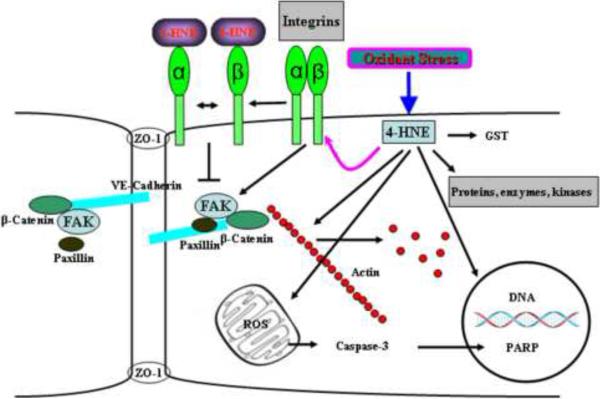Fig. 5. Mechanism(s) of 4-HNE mediated modulation of signal transduction in ECs.
4-HNE generated by oxidative stress results in: DNA and protein modification by formation of Michael adducts and Schiff bases, depletion of intracellular thiols including GSH and ROS production in mitochondria. Dramatic increase of mitochondrial ROS causes activation of caspases, which in turn modulates PARP cleavage and apoptosis. Depletion of intracellular thiols generated by exposure to 4-HNE, results in cytoskeleton reorganization, the activation of phospholipase D, PKC, and mitogen-activated protein kinases. Furthermore, Michael adducts generated in the presence of 4-HNE, modulate focal adhesion and integrin signaling. Thus, 4-HNE dependent formation of Michael adducts and depletion of intracellular thiols modulates integrin and FAK resulting in reorganization of cytoskeletal and focal adhesion proteins, decrease in cell-cell contacts resulting in barrier dysfunction in ECs.

